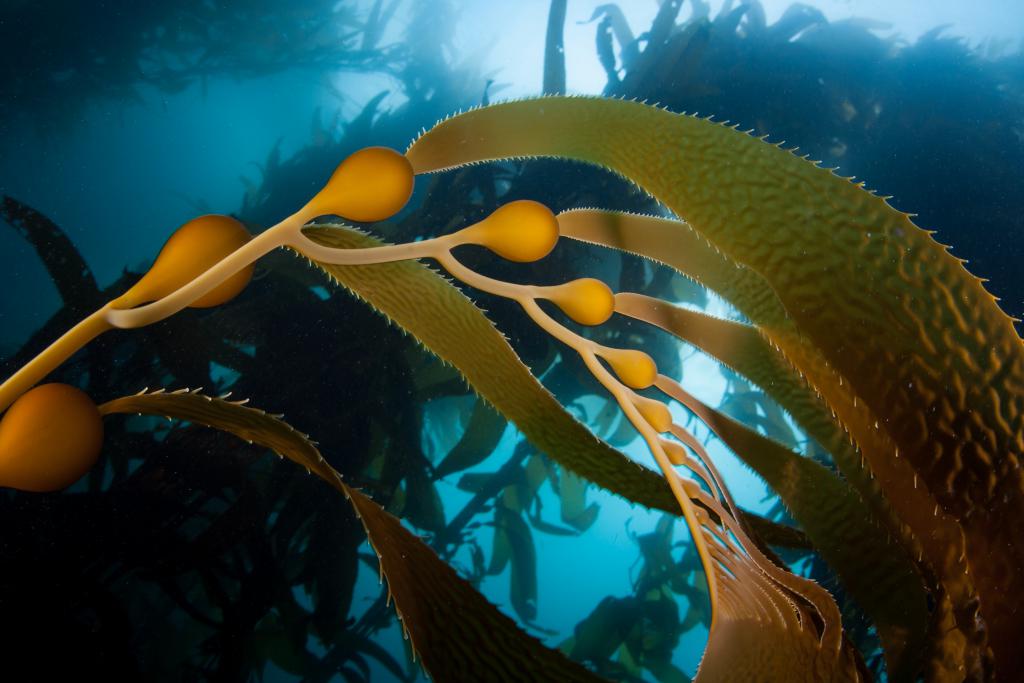Ireland hosts most of Europe’s microalgae-producing companies

date: 29/04/2020
permalink: Main URL
A recent JRC brief, prepared for the European Commission’s Knowledge Centre for Bioeconomy (KCB) reports on algae biomass production in the EU and globally, and maps algae production units in Europe. In contrast to the global trend, EU macroalgae production is primarily (98%) based on wild harvesting rather than aquaculture.
The term ‘algae’ actually describes a group of more than 72,500 species of aquatic photosynthetic organisms. The larger, pluricellular, types of algae are called macroalgae and make up 20% of all algae species. As well as providing habitats and food for a wide variety of species, algae also contribute to carbon sequestration, nutrient recycling and coastal protection.
Algae have been used for centuries as fertiliser, food and feed. They are currently used primarily by the food and chemical industries, with new applications emerging in the areas of food and feed, nutraceuticals, pharmaceuticals, biofuels, biomaterials and bioremediation services. Macroalgae biomass production has gradually increased worldwide since 1950, driven by a growth in demand and aquaculture production in Asian countries.
The algae sector contributes to the EU blue bioeconomy and holds great potential for development in terms of employment and the economy, especially for coastal and remote areas. As a biological resource, algae could potentially provide an environmentally sound solution and contribute to meeting the increasing demands for food, feed, energy and materials
